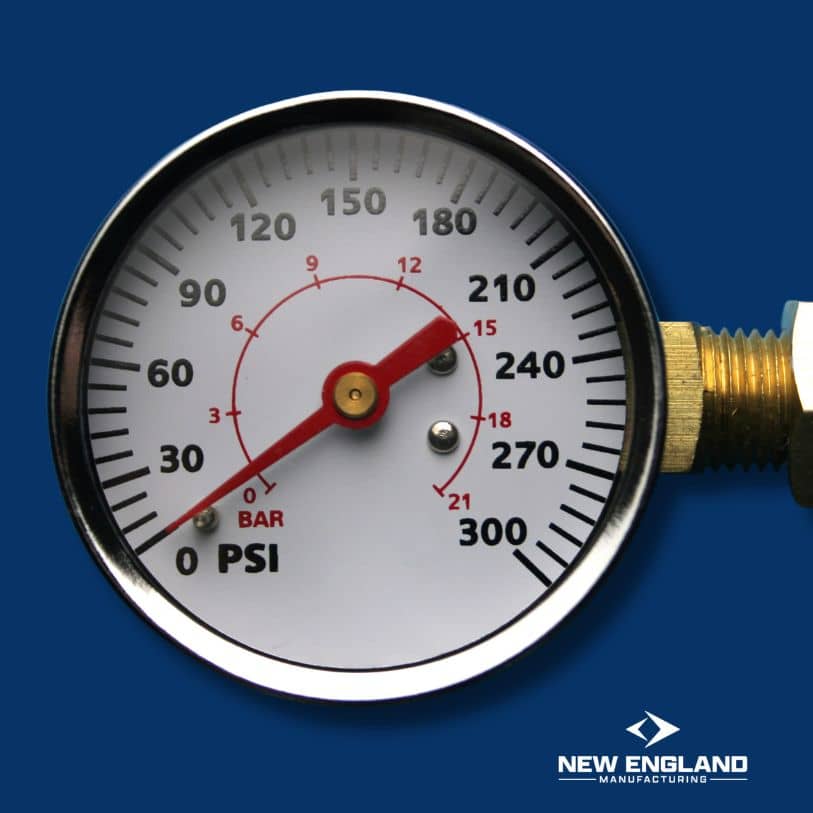Understanding Flow Hydraulics and Ultrasonic Flow Meters: A Deep Dive
In the vast world of fluid mechanics, one can’t underscore the importance of flow hydraulics and how they interact with measuring devices like ultrasonic flow meters. Understanding these dynamics isn’t just a mere academic endeavor; it holds the key to efficiency, accuracy, and best practices in various industries. This post aims to shed light on flow hydraulics and their impact on ultrasonic flow meters without getting too deep into the technical jargon. We’ll explore, in an easygoing manner, the relationship between these two elements and why it matters. Moreover, we’ll touch upon the vital role that a “hydraulic flow meter tester” plays in each of these scenarios.
The Basics of Flow Hydraulics
To begin, let’s dive into the rudiments of flow hydraulics. Simply put, flow hydraulics refers to the study of liquids in motion. It’s crucial to understand how liquids move and behave under different conditions, especially when we aim to measure their flow. A hydraulic flow meter tester becomes instrumental here, offering insights into the fluid’s behavior. The consistency, velocity, and pressure of the liquid can all influence its flow characteristics. Recognizing these elements ensures accurate readings and aids in selecting the right meter for the job.
Introduction to Ultrasonic Flow Meters
Now, onto ultrasonic flow meters. These devices measure the velocity of a fluid with ultrasound to calculate its volume flow. Unlike traditional flow meters, they don’t have moving parts, which makes them less prone to wear and tear. But, here’s the thing: their accuracy largely depends on the fluid’s hydraulic conditions. Employing a hydraulic flow meter tester can help ascertain that the conditions are optimal for these ultrasonic devices. By getting a clear picture of the fluid’s behavior, one can enhance the accuracy and reliability of the readings.
The Interaction Between Flow Hydraulics and Ultrasonic Flow Meters
The synergy between flow hydraulics and ultrasonic flow meters is undeniable. For the ultrasonic flow meter to provide accurate results, it needs to operate under specific hydraulic conditions. Factors like turbulence, velocity, and the presence of air bubbles can all impact the meter’s performance. Therefore, a hydraulic flow meter tester becomes an essential tool. Assessing the fluid’s flow conditions can guide users in making adjustments to the system or in selecting a more suitable meter.
Delving Deeper into Flow Hydraulics
Flow hydraulics isn’t just about liquids moving from one point to another. It’s about understanding the variables that influence this movement. For instance, the viscosity of the fluid – think of it as its ‘thickness’ – plays a crucial role. Water, being less viscous, will flow differently compared to a thicker liquid like honey.
When using a hydraulic flow meter tester, one can pinpoint these characteristics. This knowledge isn’t merely academic; it has practical implications. For industries dealing with multiple fluids of varied consistencies, understanding their hydraulic properties ensures that the flow meters chosen are well-suited to the task at hand.
A Closer Look at Ultrasonic Flow Meters
Ultrasonic flow meters have risen in popularity for various reasons, with the absence of moving parts being a notable one. This design reduces wear and tear, resulting in longer operational lifetimes and reduced maintenance costs. But, like all devices, they have their nuances.
To function efficiently, these meters send ultrasonic waves through the fluid. By measuring how these waves are affected by the moving fluid, the device can deduce the fluid’s velocity. However, this method has its challenges. For instance, if the liquid has too many impurities or air bubbles, it can interfere with the ultrasonic waves, leading to inaccurate readings. Here, the role of the hydraulic flow meter tester is again underscored. It helps users understand the fluid quality and determine if ultrasonic flow meters are the ideal choice for their setup.
The Convergence of Flow Hydraulics and Ultrasonic Flow Meters
Ultrasonic flow meters and flow hydraulics are intertwined. The performance of the meter is, in many ways, reflective of the fluid’s hydraulic conditions. Remember, turbulent flows or drastic changes in velocity can skew readings. This is where the importance of steady, laminar flows comes into play.
By utilizing a hydraulic flow meter tester, users can ensure that the fluid flow is consistent and free from factors that might disrupt the ultrasonic measurements. It’s like ensuring that the road is smooth before driving a car at high speeds. You want to create the best conditions for accuracy and efficiency.
Conclusion
Flow hydraulics and ultrasonic flow meters may seem like complex topics, but their interrelation is vital for many industries. By understanding the basics of how liquids move and the factors affecting their movement, we can ensure that our measuring devices, such as ultrasonic flow meters, work with utmost precision. The hydraulic flow meter tester stands out as an invaluable tool in this context, bridging the gap between theory and practice. In essence, for accurate flow measurements and efficient operations, a synergy between flow hydraulics knowledge and the right tools is indispensable.

Mark R.
With a strong foundation in industrial safety and fire protection systems, Mark R. specializes in creating clear, technical, and compliance-driven content. Writing for SafeTech Reports, he covers topics such as fire hydrant testing, PPE protocols, emergency procedures, and smart technology integration in safety systems. His work ensures that professionals stay informed on the latest regulations, best practices, and emerging trends in safety and infrastructure maintenance.
Get in touch
We usually respond within 24 hours
Need Reliable Water Flow Test Equipment?
For over 70 years, New England Manufacturing has been the trusted source for fire hydrant and water flow testing kits. From pitot gauge kits to custom test kits, we provide precision, durability, and expert calibration to meet your needs.
- Custom-built test kits
- High-quality pressure gauges
- Reliable calibration services


